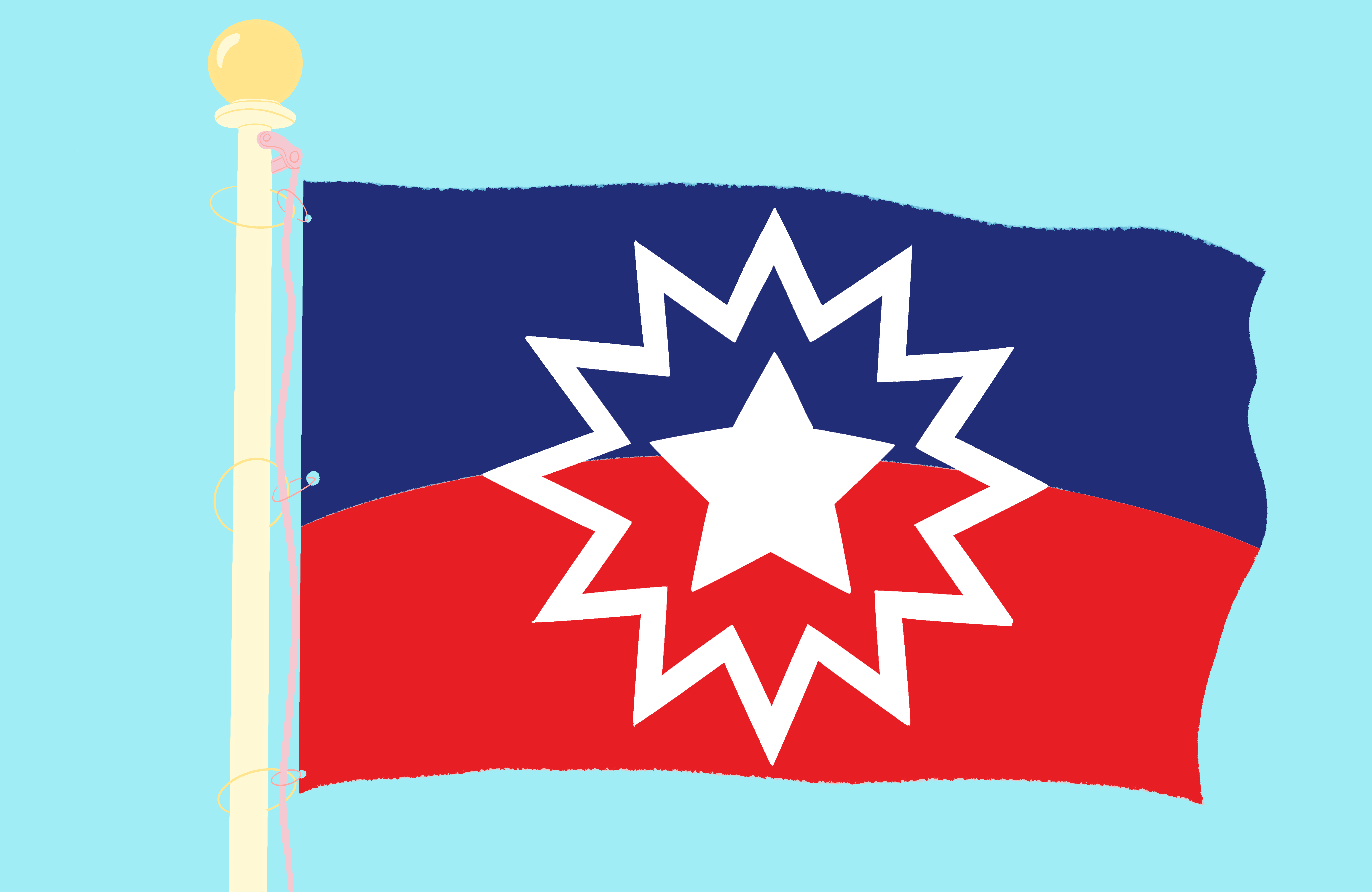Juneteenth (a combination of "June" and "nineteenth") is an annual celebration of the abolishment of slavery in the United States. Even though Juneteenth is not taught in many schools, did you know it's celebrated in one form or another in just about every state?
As a mother, I want to begin teaching my three-year-old daughter about Juneteenth and make the celebration a staple in my home. I want her to know what this too-often overlooked holiday commemorates and why it's important. Here's how I'll explain it to her.
What Happened on June 19, 1865?
Approximately 250,000 slaves in Texas are toiling on plantations in stifling heat. Those doing the back-breaking work of picking cotton and tobacco look up over the fields to see a messenger approach on horseback. Some slaves are awakened by loud knocks on their tiny shack's door with someone shouting the news. Wherever they hear it, the message is finally delivered-the Civil War has ended, General Robert E. Lee has surrendered, and they are free.
Arms fill up with goose pimples, eyes well up with tears of joy, and the prickly hairs of cautious hope rise on the back of necks. Hoots and hollers starting from deep inside the soul bellow out. Various statements of surprise ring out. "You kidding!" "Are you sure?" "I don't believe it!"
In the days, weeks, and months that follow, the message is confirmed. Indeed, General Lee surrendered his Confederate troops to Ulysses S. Grant in April of that year, and the words of Union Major-General Gordon Granger are undoubtedly recited numerous times:
The people of Texas are informed that, in accordance with a proclamation from the Executive of the United States, all slaves are free.
The History of the Juneteenth Holiday
Even though Blacks were still hunted and not seen as free immediately following the news delivered to them on June 19, 1865, they remained steadfast at celebrating their freedom. Due to segregation, massive outdoor parties were problematic to say the least. In 1872, defiantly and confidently, a group of Black community leaders in Texas contributed to a kitty of approximately $1000 in order to purchase 10 acres of land to have a place to commemorate the anniversary of their emancipation. They called it "Emancipation Park."
This move and others like it bore more unyielding celebrations, all rich with tradition. Slaves couldn't wait to peel off tattered garb and replace them with clothing that matched their worth-fancy dresses and dignified outfits. Barbecues were tantamount. The aromas of the food allowed celebrators to harken back to the meals ancestors once made. The drink of choice was always red-a social punch of Hibiscus tea and kola nut tea from West Africa became a staple, both having come to the Americas with the slave trade. These red drinks are known as a symbol of perseverance and resilience despite the blood shed and bondage endured by Black slaves.
Also, Juneteenth celebrations almost always had an education and self-improvement component. Respected elders wanted new generations to learn about the events of the past. Notably, Texas made Juneteenth an official state holiday in 1980.

Juneteenth Flag and Colors
In 1920, a banner with horizontal red, green, and black stripes was declared the official flag representing black liberation. Created by Marcus Garvey, the leader of the Pan-African movement, the flag represented unification and connection of Blacks worldwide. Interpretation of the flag varies, but it is widely understood that the red stands for blood shed, black represents Black people, and green is for the natural fertility of Africa.
In recent years another flag-this time brandishing the colors red, white, and blue-was introduced. The colors are the same as the American flag and symbolize that all slaves were Americans. The star in the middle pays homage to Texas, and its placement represents a new freedom and a new people on the horizon.
Learn More About the History of Juneteenth
